Today's post is from garden coach, Sara, from Revival Garden Co.My first experience growing lettuce was during a stint when I lived on an organic farm. We had a sizable patch with mixed varieties, including some non-lettuce plants like bok choy and arugula. In the cool of the morning, I'd visit the garden, a hot cup of coffee in hand, to harvest fresh lettuce greens for my lunchtime salad. Fast forward to today, my lettuce harvesting habits haven't changed much. However, I have developed a method to ensure we always have enough lettuce for our almost daily salads. The process of planting and replanting certain crops in the garden is called succession planting. Succession planting will take your gardening productivity to the next level, and it's a lot more simple than you think! Gardeners and farmers usually succession plant the crops that have a short lifespan, making lettuce an excellent candidate! In this method of succession planting, you will continuously work within three planting zones. I'll give you some ideas for how you can grow your lettuce using this method, but the sky's the limit here! Here’s what succession planting would look like in your garden so that you can get an idea of what it’s all about: Start with transplants, if you want, to get a jump start. The same day you plant your lettuce starts, sow your first round of seeds. A month later, sow your next patch of lettuce seeds and harvest leaves from your lettuce starts for your first home-grown salad. A month after that, your first lettuce plants are probably getting a little bitter and old. Pull them out, replenish your soil if needed, and sow another round of seeds in the same spot where your lettuce plants used to be. By this time, your second patch of lettuce, where you started your first round of seeds should be ready to harvest! Do you see where this is going? If you follow the method, you will always have a patch of lettuce that you are harvesting from, one that is getting ready for harvest, and one that is seeded and germinating. Succession planting in this way is how you ensure you always have lettuce in the garden and it is an essential step toward creating a garden that is not just a place of feast or famine, but a constant supply of beautiful food. GETTING STARTED What you'll need for this project:
Directions Step 1: Prepare Your Soil If you are planting into pots, fill them 2/3 full of potting soil and 1/3 with compost. Add your slow-release fertilizer as prescribed by the manufacturer. Mix well. Step 2: Plant your transplants Now you'll start your "first succession." Since these plants are usually 3-4 weeks old when you buy them, they are giving you a jump start toward an earlier first salad. Plant your “lettuce starts” 4 inches apart if you can.
TIP: Your soil surface must remain damp while your seeds are germinating (usually 3-10 days depending on the temperature). Once you see some green growth from your seedlings, you can ease up a little bit. In the heat of the summer, it's best to sow your seeds in the shade and water at least twice a day. Step 4: Mark your calendar for one month from the day you planted your lettuce starts and started your first round of seeds. That is when you will plant your next succession of lettuce. You can also take your first cuttings from your lettuce starts!
TIP: I love the cut-and-come-again method for lettuce. It lets you plant closer together and gives you multiple harvests from one patch of lettuce. The technique is easy! You can either cut or pull lettuce leaves from the outside of each plant. Be sure to leave at least four leaves on each plant. Or you can take some kitchen shears and cut the leaves about 1" above the soil level. In a few days, you will begin to see new growth coming from the center of each plant. Harvesting leaf-by-leaf takes more time but leaves the plants looking prettier. The shearing method is much faster but doesn't leave your plants looking very pretty. Either way works equally well. You will usually get 2-3 harvests from each planting before they start tasting too bitter. At that point, you should remove them (see Step 5). Step 5: Two months after you've started, it's time to pull out your old lettuce plants (i.e., the ones you bought as starts or transplants). In their place, start another round of seeds using the method in Step 3. Begin harvesting lettuce off your second patch, the one you seeded at the beginning of this project. It might seem a little complicated at first, but once you get the hang of the flow, succession planting is awesome! I have a recurring reminder on my phone that reminds me to start my next round of lettuce every month. It's a simple step that helps me remember those tiny chores in the garden that make a significant impact on my diet. So, are you going to give this a try? I hope you do! Be sure to tag me @revivalgardenco on Instagram when you do so that I can cheer you on. Sara Cory is a garden designer, garden coach, and founder of How Revival Garden Company. She is dedicated to helping new and established gardeners create edible and cut-flower gardens that are both beautiful and productive.
1 Comment
|
AuthorTiana Rockwell is a certified nutritional therapist, avid endurance athlete and dark chocolate lover. She believes that by eating REAL food, we can balance our body and reach optimal health and wellness! Archives
May 2022
Categories
All
|

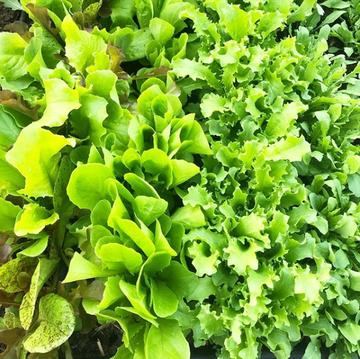

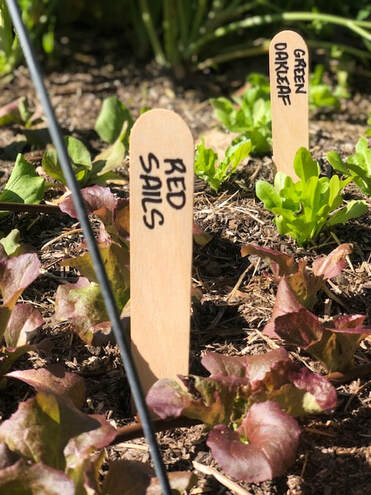
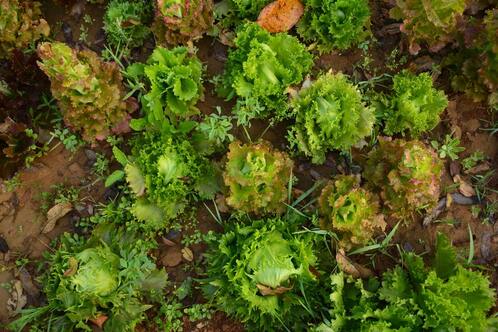
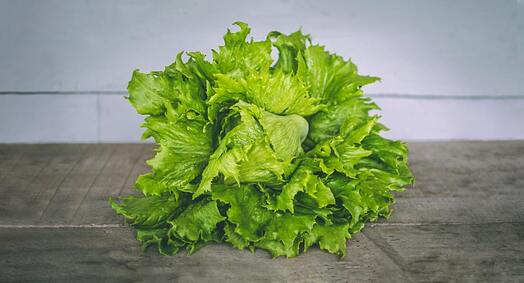
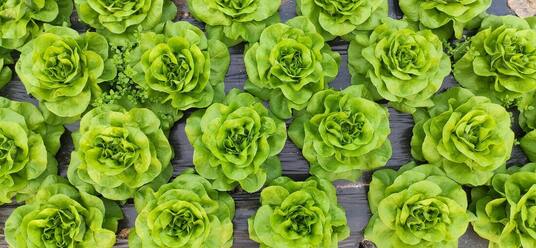
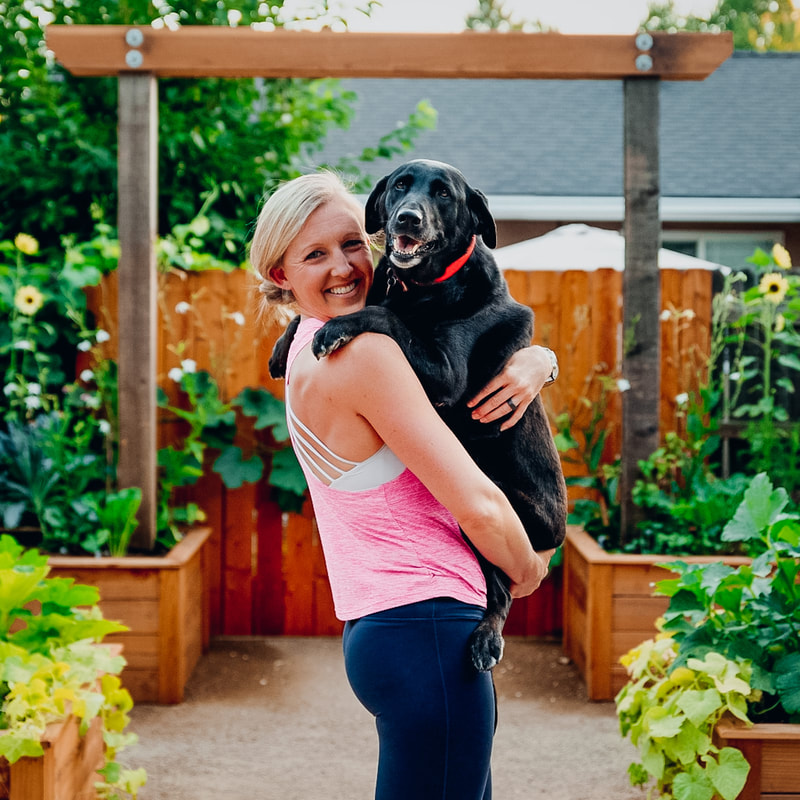
 RSS Feed
RSS Feed